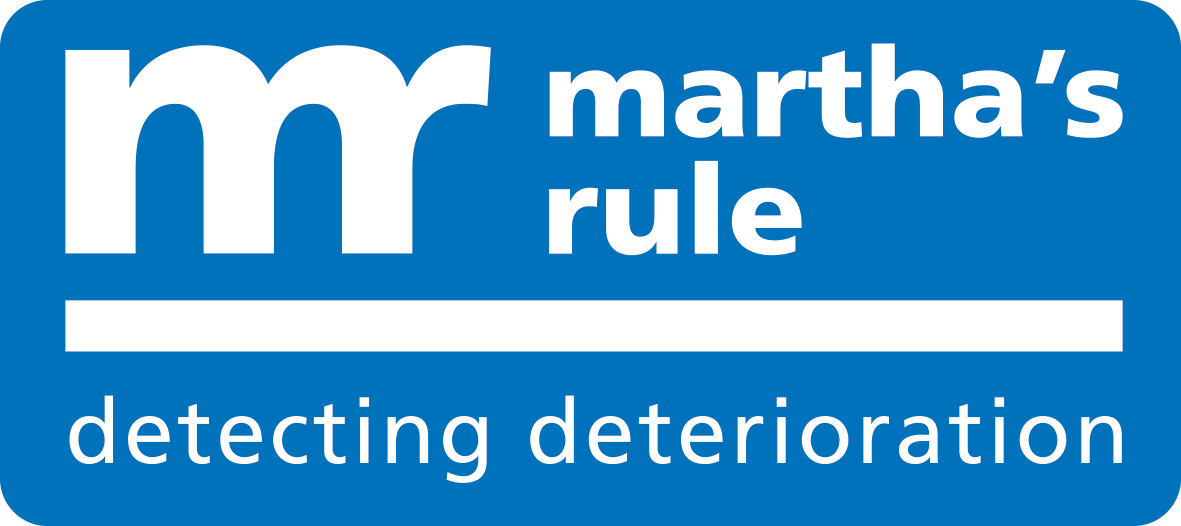
Expert Witnesses’ Duty to Disclose Prior Judicial Criticism: A Medico-Legal Perspective
30th August 2025
Validity Tests in Expert Evidence: Lessons from Brown v Morgan Sindall
10th October 2025The tragic death of 13-year-old Martha Mills in 2021—following her deterioration from injury and subsequent development of sepsis at King’s College Hospital, despite repeated concerns expressed by her family—has become a pivotal case in medical law and patient safety. The coroner found that Martha “would likely have survived” had senior clinicians heeded concerns sooner and transferred her to intensive care. Out of this tragedy, “Martha’s Rule” has been developed as a patient-safety initiative across NHS England.
What is Martha’s Rule
Martha’s Rule establishes a legal and procedural framework to ensure that patients, their families/carers, and staff have unimpeded access 24/7 to a rapid review by a critical care outreach team when there are concerns that a patient is deteriorating and those concerns are not being addressed.
Its three core components are:
- Daily structured enquiry: Patients and their families or carers should be asked at least once a day about whether they feel the patient is worsening or improving. This information must be acted upon in a structured way.
- Staff escalation option: Any member of staff who is concerned that a patient is deteriorating, and who feels their voices are not being heard through usual channels, can request the rapid review.
- Patient/family/carer escalation option: Similarly, patients/families/carers have the right to access the same rapid review when they believe deterioration is occurring and concerns are not being adequately addressed. Information about how to escalate must be publicly displayed in hospitals.
Phase one of implementation (from April 2024) included 143 NHS acute trusts and specialist sites. Early evidence from September 2024-June 2025 indicates thousands of calls under Martha’s Rule, many resulting in escalations of care, transfers to higher dependency or ICU beds, or other interventions such as initiating new investigations or treatments.
Medico-Legal Significance
For medico-legal professionals, Martha’s Rule raises several key implications:
- Duty of care and breach: The rule reinforces the legal and professional obligation for clinicians to listen to and act on signs of clinical deterioration, including those raised by non-clinical parties (patients, families). Failure to do so may constitute breach of duty comparable to established negligence. The case of Martha Mills illustrates how failure to escalate, despite family concerns, was fatal.
- Respecting patient autonomy and rights: Under GMC guidance, patients have the right to seek a second opinion and to be involved in decisions about their care. Martha’s Rule operationalises that right in acute settings.
- Legal clarity vs ambiguity: While Martha’s Rule creates structural pathways for review, it is not quite the same as ‘second opinion’ in all contexts. For example, the rapid review under Martha’s Rule is intended specifically for acute deteriorations and where concerns have already been raised; it is not designed to replace standard second opinions in elective or less urgent contexts. Also, the difference between review by clinical outreach vs completely independent specialist opinion may matter in legal proceedings.
- Evidence and early impact: As yet, data are preliminary but promising. The numbers of escalations and outcomes suggest that Martha’s Rule may reduce avoidable harm. These early findings will be important in future litigation, standard of care determinations, and in establishing the reasonableness of responses to patient/family concerns.
Importance of Seeking Second Opinions
In medico-legal terms, seeking a second opinion is more than a courtesy; it is a safeguard, both for patients and for clinicians:
- Mitigating diagnostic or treatment error: Medicine is complex; clinical judgement can err, particularly with atypical presentations or when deterioration follows subtle signs. A second opinion offers fresh perspective, possibly corrective action. Martha’s Rule seeks to provide that in deteriorating situations.
- Documenting concerns and escalation: If a patient or family raises concerns, requests second opinions or invokes Martha’s Rule, that should be documented clearly. In negligence claims, evidence of raised concerns that were ignored is often powerful.
- Legal risk and prevention: From a risk management perspective, this initiative shifts expectations. Clinicians must recognize that concerns expressed by patients or families can’t be dismissed lightly, and there must be a responsive escalation pathway. Avoiding those pathways may lead to legal exposure.
- Promoting transparency and trust: Access to second opinions improves trust, both in individual relationships and in the system overall. It helps change culture away from paternalism, reinforcing that medicine is a partnership.
Challenges and Considerations
While Martha’s Rule is a major step forward, medico-legal stakeholders should be alert to potential challenges:
- Capacity and resource constraints: Ensuring 24/7 availability of critical-care outreach teams, advertising the process, training staff, all require resources. Failure to maintain standards may itself become subject to legal scrutiny.
- Defining the scope of “rapid review”: What qualifies as acute deterioration; who decides; timeliness; the standard of review. The degree of independence of the reviewing team may be contested in legal argument.
- Misuse and overuse: There is risk of complaints or escalations where clinical judgment and available resources limit what can be done. Hospitals will need policies to triage appropriately, while respecting legal rights.
- Cultural change: Medical hierarchy, confidence, expectations—all must evolve. The medico-legal community has a role in promoting education and awareness.
Conclusion
Martha’s Rule represents a transformational change in the legal and ethical landscape of patient rights in England: embedding a structured mechanism for urgent second opinions when a patient is deteriorating and concerns are being ignored. For medico-legal professionals, it amplifies the importance of patient/family engagement, the necessity of documented communication, and the legal weight of failure to respond to valid concerns. As the rule rolls out more widely and data accumulate, it is likely to become part of what is expected as standard of care. For patients, clinicians and legal professionals alike, recognising the right to seek a second opinion is no longer optional—it is fundamental.




